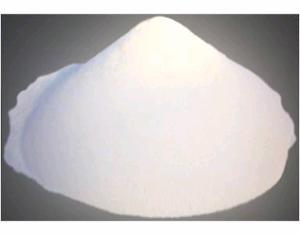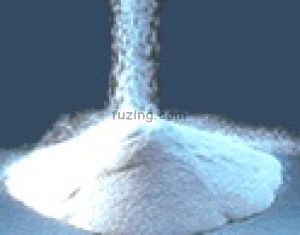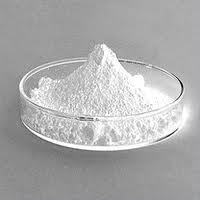Oxybutynin HCI
Product Details:
- Structural Formula C22H31NO3.HCl
- Molecular Weight 357.5 Grams (g)
- Loss on Drying 731
- Melting Point 125-130 C
- Solubility soluble in acids but insoluble in alkalis
- EINECS No 216-139-7
- Boiling point 494.4 C at 760 mmHg
- Click to View more
Oxybutynin HCI Price And Quantity
- 24000.00 - 30000.00 INR/Kilograms
- 25 Kilograms
- 26000 INR/Kilograms
Oxybutynin HCI Product Specifications
- Other
- Benzeneaceticacid, a-cyclohexyl-a-hydroxy-,4-(diethylamino)-2-butynyl ester (9CI);Cyclohexaneglycolic acid, a-phenyl-,4-(diethylamino)-2-butynyl ester (8CI);2-Butyn-1-ol, 4-(diethylamino)-, a-phenylcyclohexaneglycolate(ester) (8CI);(RS)-Oxybutynin;4-Diethylamino-2-butynyl a-phenylcyclohexaneglycolate;Ditropan;Ditropan XL;Kentera;Oxybutynin;Oxytrol;Uromax;
- C22H31NO3.HCl
- 5633-20-5
- soluble in acids but insoluble in alkalis
- 216-139-7
- Oxybutynin is used to treat overactive bladder (a condition in which the bladder muscles contract uncontrollably and cause frequent urination, urgent need to urinate, and inability to control urination) in certain adults and children.
- 494.4 C at 760 mmHg
- Powder
- Medicine Grade
- No Smell
- C22H31NO3.HCl
- Benzeneaceticacid, a-cyclohexyl-a-hydroxy-,4-(diethylamino)-2-butynyl ester (9CI);Cyclohexaneglycolic acid, a-phenyl-,4-(diethylamino)-2-butynyl ester (8CI);2-Butyn-1-ol, 4-(diethylamino)-, a-phenylcyclohexaneglycolate(ester) (8CI);(RS)-Oxybutynin;4-Diethylamino-2-butynyl a-phenylcyclohexaneglycolate;Ditropan;Ditropan XL;Kentera;Oxybutynin;Oxytrol;Uromax;
- 357.5 Grams (g)
- 731
- 29420090
- Pharmaceutical Intermediates
- 125-130 C
- Room Temperature
- white to off-white crystalline powder
Oxybutynin HCI Trade Information
- mumbai india
- Letter of Credit (L/C) Delivery Point (DP) Letter of Credit at Sight (Sight L/C) Cash Against Delivery (CAD) Days after Acceptance (DA)
- 25 Kilograms Per Week
- 1 Week
- Free samples are available
- DRUM
- Australia North America South America Eastern Europe Western Europe Middle East Africa Central America Asia
- ISO GMP
Product Description
Â
- CAS No: 1508-65-2
- Synonyms: Ditropan, Oxytrol, Oxibutyninum
- Molecular Formula: C22H31NO3
- Molecular Weight: 357.5
- Melting point: 126-128 deg C
- Boiling point: 494.4 deg CÂ
- Storage condition: Room tem
How does it work:
Spasms in the bladder muscle are prevented which can reduce the symptoms of urinary incontinence or the sensation of urgency that can lead to bladder spasms. Additionally, Oxybutynin hydrochloride may be beneficial in treating bedwetting in children.
Â
Â
Â
Â
- Immediate Release Tablets/Syrup:
- Initial dose: 5 mg orally 2 to 3 times a day
- Maximum dose: 5 mg orally 4 times a day
In case of untreated or uncontrolled narrow-angle glaucoma, blockages in your digestive tract, or difficulty urinating, I would not use oxybutynin. Before using oxybutynin, the patient must inform their doctor if they have liver or kidney disease, glaucoma, an enlarged prostate, ulcerative colitis, myasthenia gravis, a blockage in stomach or intestines, or a stomach disorder. Stay hydrated and avoid overheating or dehydration when exercising in a hot environment. Oxybutynin may decrease perspiration, which can lead to heat strokes. Your vision may be blurred and your thinking or reaction could be impaired by this medication. You should be careful while driving or doing anything that requires alertness and clear vision.

Price:
- 50
- 100
- 200
- 250
- 500
- 1000+










 : nilesh.sheth70
: nilesh.sheth70
